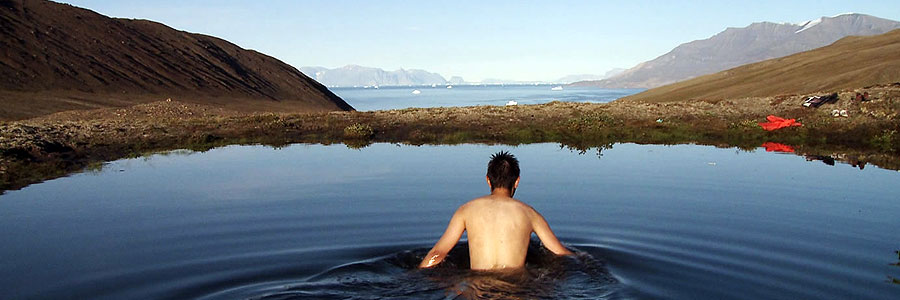
Village At The End Of The World

VILLAGE AT THE END OF THE WORLD (DOCUMENTARY)
Dogwoof
DVD release: July 8th, 2013 (UK)
Running time: 82 minutes
Country of origin: Denmark, Greenland, UK
Original language: North American Indian (with English subtitles)
Director: Sarah Gavron
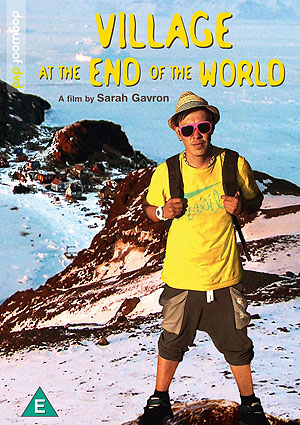
I grew up in a fairly small market in a rural corner of the West Midlands; the kind of town from which I always longed to fly; the sort of town where every street was inhabited by someone I knew, or at least knew of. When the moment came to finally escape it, with my family deciding to move away, it was an odd one as despite having a couple of decades of friends and memories, I couldn’t wait to get started somewhere else – anywhere else. Of course whilst I was bitching and moaning at having to manage in a town with over forty pubs and fairly swift transport access to elsewhere, I should’ve been sparing a thought for the inhabitants of Niaqornat, Greenland.
An Inuit township in the remote north-west of the country, Niaqornat has less than sixty inhabitants, most of whom are in some way related, and is the subject of Sarah Gavron’s absorbing documentary, Village At The End Of The World. It follows a long line of ethnographic cinema that stretches right back to Robert J. Flaherty’s Nanook Of The North (1922) and presents a year in the life of the town’s inhabitants; from the heady days of summer to the perpetual darkness thereafter.
It’s a hamlet which is feeling the mounting pressure to modernise and, perhaps more crucially, globalise. Trying to maintain a sustainable community becomes ever harder as youngster migrate south in search of opportunity, and it’s one such teenager who provides a narrative through-line for this sensitive study. Lars is an affable teenager who has only ever left Niaqornat to visit the nearest other town – via helicopter – and whose physical world seems to slowly be shrinking as his virtual one expands via the internet. In the local school – which is down to its last eight pupils due to families moving away for work – one young girl cites working in the only local shop as her dream job; Lars already does and he is clearly becoming restless.
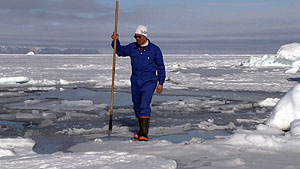
Gavron manages to carve a stimulating sculpture of the young man managing to inject it with moments both contemplative and humorous. We see him point out the homes of his separated mother and father – neither of which raised him – within one hundred feet of one another. A different occasion sees a comical discussion about Niaqornat’s lack of attractive females for Lars to woo at the same moment as he reveals his substantial condom stash; y’know, just in case. With their youth such as Lars looking outwards, many of the village are reflecting on what they do have and how they can financially maintain their community.
The inhabitants come up with an audacious plan to purchase a disused fish factory and reopen it to stimulate the local economy and create jobs. The film doesn’t restrict itself to this struggle however, remaining wide-ranging in its portraits of characters around the hamlet. Each provide minor ethnographic insights but the filmmakers’ interest is in presenting the human side to the story rather than gazing in stupefied wonder at the queerness of such parochial modern life.
There are those that do gawp, however, when Scandinavian tourists alight from their cruise to coo and chuckle at the backward northerners. Little do they realise, the whole town’s come 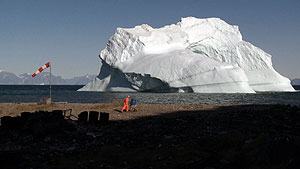 together to create the old-fashioned scene entirely for their benefit and to help flog trinkets and the like. A sign on the town hall door asks for volunteers to doll themselves up in traditional dress as part of the act and the tourists lap it all up. Where early ethnographic films may have sniggered, as the Danes and Swedes do, Gavron’s humanistic approach to her subject means we’re far more likely to shake our heads and guffaw at the condescending tourists.
together to create the old-fashioned scene entirely for their benefit and to help flog trinkets and the like. A sign on the town hall door asks for volunteers to doll themselves up in traditional dress as part of the act and the tourists lap it all up. Where early ethnographic films may have sniggered, as the Danes and Swedes do, Gavron’s humanistic approach to her subject means we’re far more likely to shake our heads and guffaw at the condescending tourists.
Instead we come to appreciate a variety of Niaqornat’s hard-working and amiable residents. From the southerner Illannguaq, who migrated north and bacome the village’s good-humoured shit collector, to the feisty Annie; the oldest woman in town. Then there’s Karl, the hunter, through whom we come to understand the perils facing a community that’s directly feeling the effects of climate change and the noticeable variation in their fishing waters. In a community that depends on Karl for their meat it becomes evident how important the hunt for a single polar bear or seal can become for everyone.
It all makes for engaging viewing and manages to combine shining a light on a way of living alien to most, with human interest stories from the community. With encroaching technological advances and global warming lapping at Niaqornat’s shores, it paints an arresting portrait of community living on thinning ice. Even with more youthful inhabitants looking to escape – as I was at seventeen – their continued endeavour suggests there’s still life in the old walrus yet.
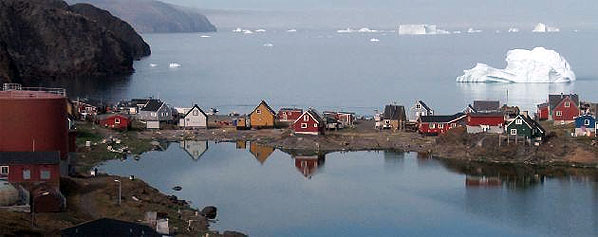

Ben Nicholson
Ben has had a keen love of moving images since his childhood but after leaving school he fell truly in love with films. His passion manifests itself in his consumption of movies (watching films from all around the globe and from any period of the medium’s history with equal gusto), the enjoyment he derives from reading, talking and writing about cinema and being behind the camera himself having completed his first co-directed short film in mid-2011.
His favourite films include things as diverse as The Third Man, In The Mood For Love, Badlands, 3 Iron, Casablanca, Ran and Grizzly Man to name but a few.
Ben has his own film site, ACHILLES AND THE TORTOISE, and you can follow him on Twitter @BRNicholson.
© 2022 STATIC MASS EMPORIUM . All Rights Reserved. Powered by METATEMPUS | creative.timeless.personal. | DISCLAIMER, TERMS & CONDITIONS
HOME | ABOUT | CONTACT | TWITTER | GOOGLE+ | FACEBOOK | TUMBLR | YOUTUBE | RSS FEED
CINEMA REVIEWS | BLU-RAY & DVD | THE EMPORIUM | DOCUMENTARIES | WORLD CINEMA | CULT MOVIES | INDIAN CINEMA | EARLY CINEMA
MOVIE CLASSICS | DECONSTRUCTING CINEMA | SOUNDTRACKS | INTERVIEWS | THE DIRECTOR’S CHAIR | JAPANESE CINEMA





